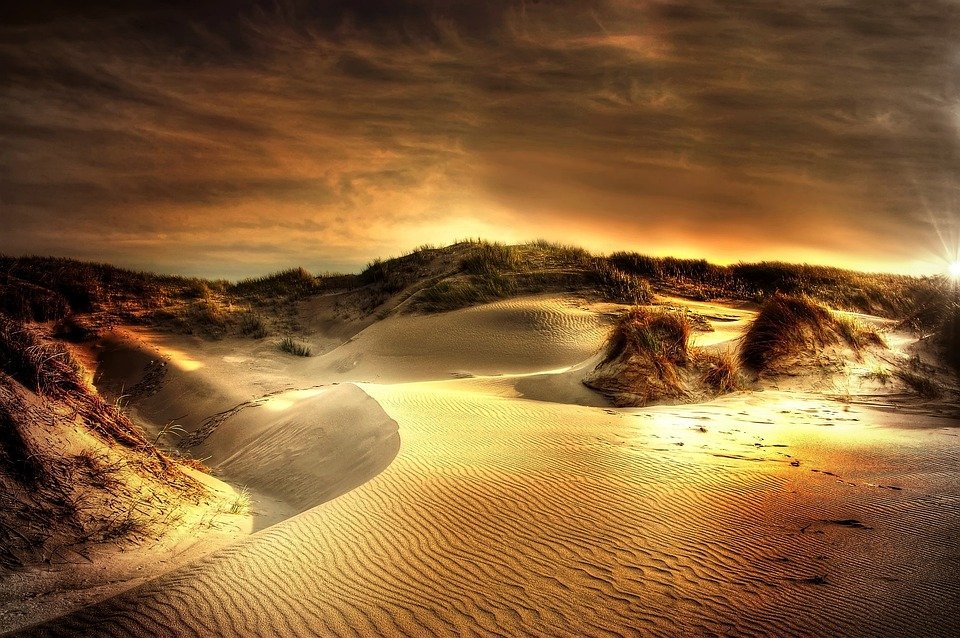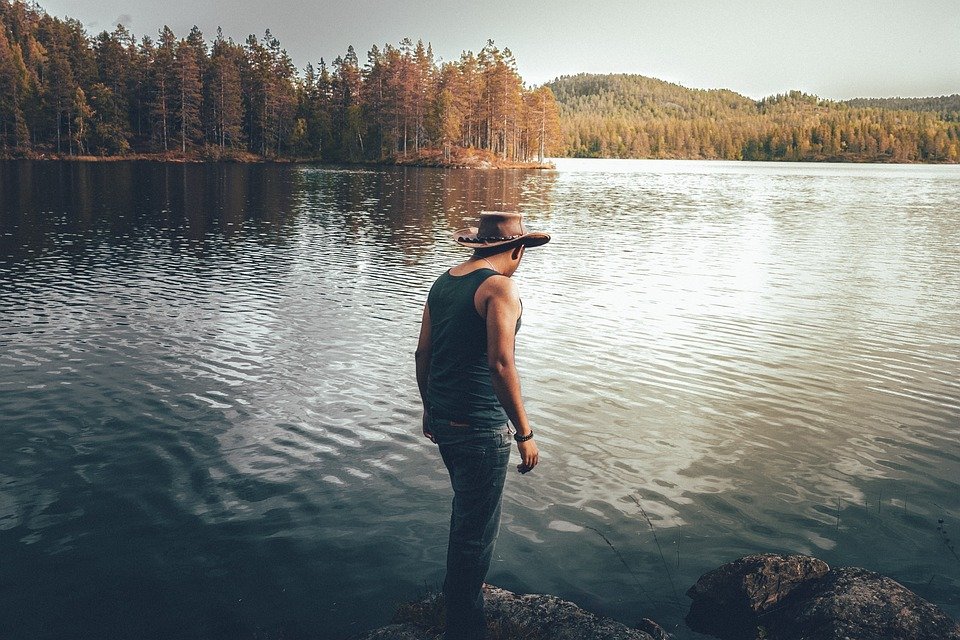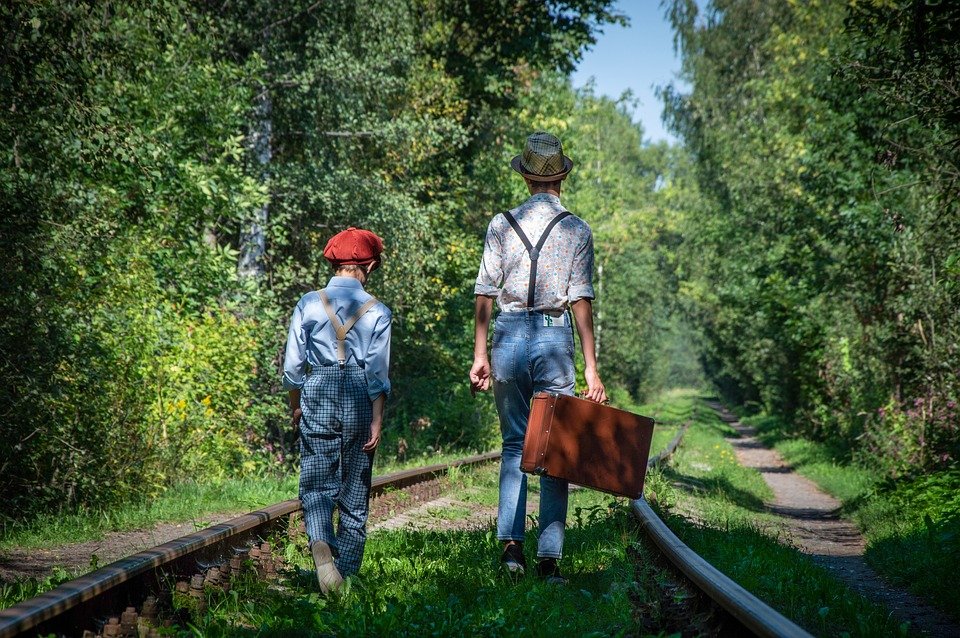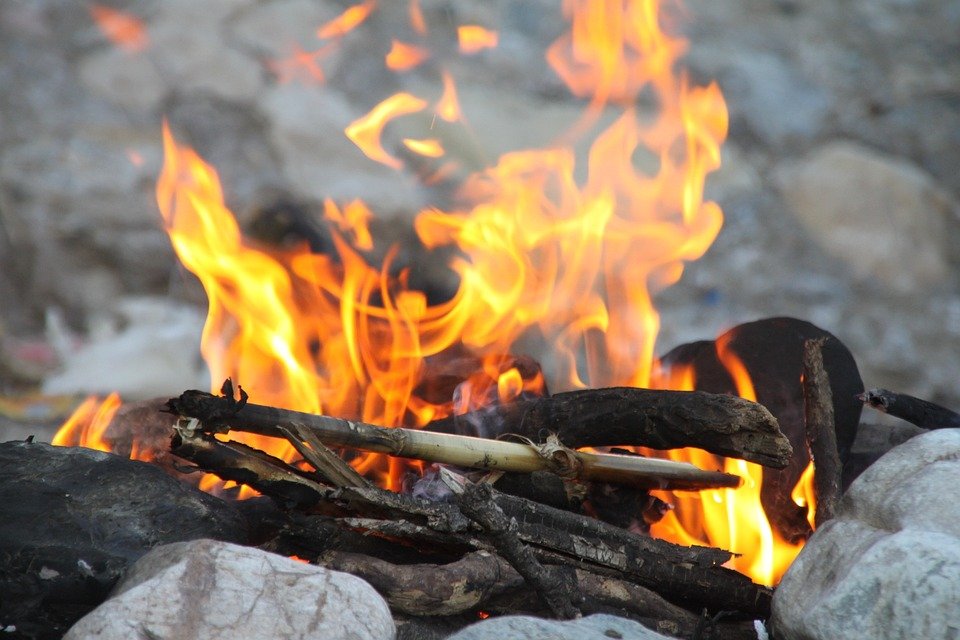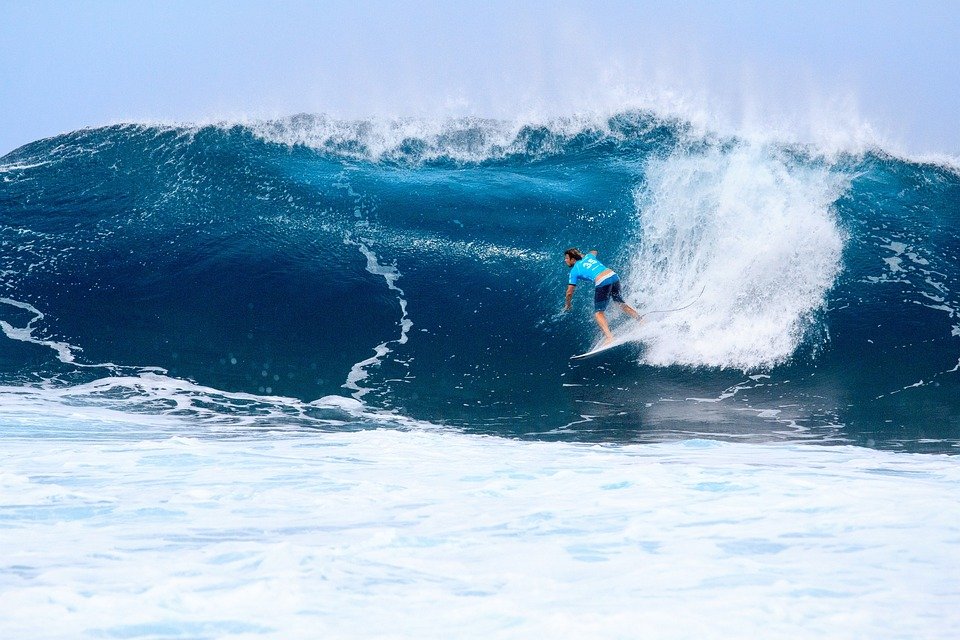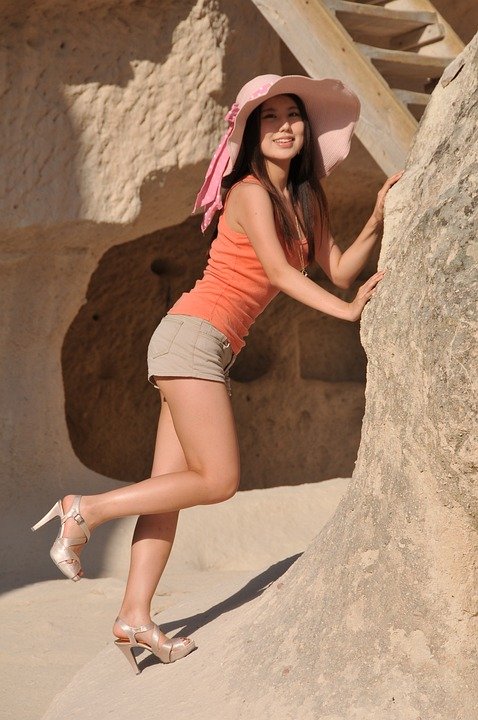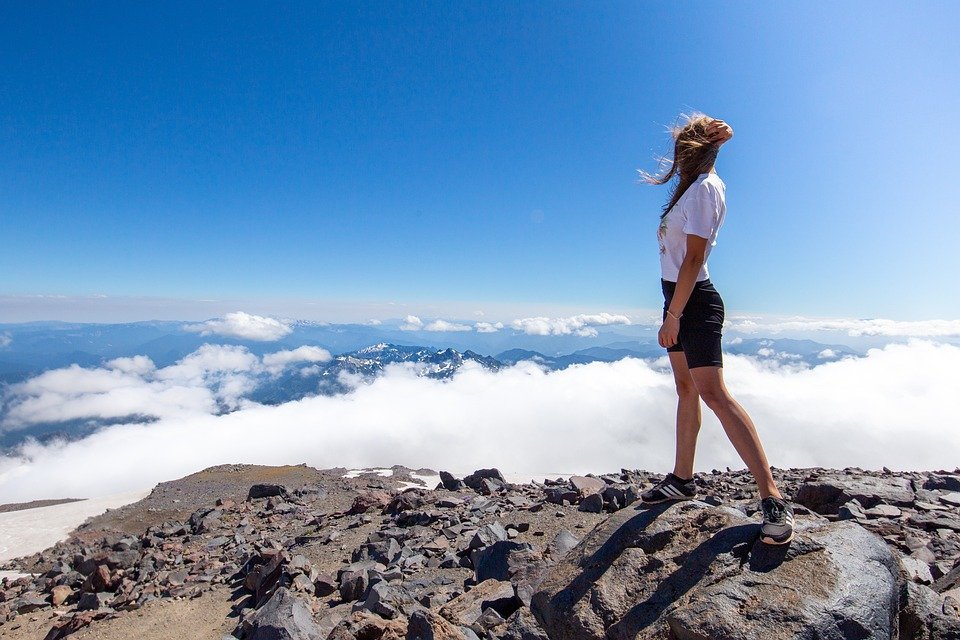What are the key differences between the Grand Canyon and Grand Teton National Parks?

In this article, we will explore the key differences between two of America’s most iconic national parks: the Grand Canyon and Grand Teton National Parks. From their geological formations to their wildlife and recreational opportunities, we will highlight the unique attributes that set these two parks apart. Whether you are a nature lover, outdoor enthusiast, or simply curious about exploring these natural wonders, read on to learn more about what makes each park special.
1. What are the geological formations of the Grand Canyon and Grand Teton National Parks?
The Grand Canyon is known for its iconic steep-sided canyon carved by the Colorado River over millions of years. The park showcases exposed layers of colorful rock formations that provide a glimpse into the Earth’s geological history. In contrast, Grand Teton National Park features the rugged Teton Range, a young mountain range characterized by jagged peaks and glacier-carved valleys. The park’s geology includes granitic rocks that were uplifted and faulted to create the stunning landscapes visitors see today.
2. How do the wildlife differ between the Grand Canyon and Grand Teton National Parks?
The Grand Canyon is home to a diverse array of wildlife, including mule deer, California condors, and bighorn sheep. The park’s unique ecosystems span from the river corridor to the desert plateau, providing habitats for various species adapted to the arid environment. On the other hand, Grand Teton National Park boasts rich wildlife diversity, with iconic species such as elk, moose, and grizzly bears inhabiting its forests, meadows, and alpine regions. Visitors can often spot these animals against the backdrop of the majestic Teton peaks.
3. What recreational opportunities are available in the Grand Canyon and Grand Teton National Parks?
The Grand Canyon offers a wide range of recreational activities, from hiking along the rim trails to rafting in the Colorado River. Visitors can explore the park’s vast expanse through guided tours, backcountry camping, and scenic drives along the North and South Rims. In contrast, Grand Teton National Park is a haven for outdoor enthusiasts, with opportunities for hiking, fishing, wildlife viewing, and mountaineering. The park’s extensive trail network allows visitors to immerse themselves in its pristine wilderness and experience the beauty of the Teton landscape.
4. How do the landscapes differ between the Grand Canyon and Grand Teton National Parks?
The Grand Canyon’s iconic landscapes are characterized by deep canyons, towering cliffs, and expansive vistas that showcase the forces of erosion at work. Visitors can marvel at the sheer scale and grandeur of the canyon from various viewpoints and overlooks throughout the park. In contrast, Grand Teton National Park’s landscapes are defined by the majestic Teton Range, pristine lakes, and lush forests that offer a sense of tranquility and solitude. The park’s beautiful scenery is accentuated by the reflection of the mountains in crystal-clear waters, creating picture-perfect moments for visitors.
5. How does the climate differ between the Grand Canyon and Grand Teton National Parks?
The Grand Canyon experiences a semi-arid climate with hot summers and cool winters, making it an ideal year-round destination for visitors. The North Rim of the canyon is higher in elevation and receives more precipitation than the South Rim, leading to differences in vegetation and wildlife habitats. On the other hand, Grand Teton National Park has a continental climate with cold winters and mild summers, creating distinct seasonal changes in the park’s landscape. Visitors can enjoy a range of outdoor activities depending on the time of year, from snowshoeing and skiing in winter to hiking and camping in summer.
Conclusion
In summary, the Grand Canyon and Grand Teton National Parks offer unique experiences for visitors seeking to explore the wonders of nature. From their geological formations and wildlife diversity to recreational opportunities and landscapes, each park has its own charm and beauty to behold. Whether you are drawn to the rugged canyons of the Grand Canyon or the majestic peaks of Grand Teton, both parks provide a memorable outdoor adventure for all who visit.
FAQs
1. Are the Grand Canyon and Grand Teton National Parks open year-round?
Yes, both parks are open year-round, but visitors should check for seasonal closures and weather conditions before planning their trip.
2. Can I see wildlife in the Grand Canyon and Grand Teton National Parks?
Yes, both parks offer opportunities to see a variety of wildlife species, so keep your eyes peeled while exploring the natural habitats.
3. Are there guided tours available in the Grand Canyon and Grand Teton National Parks?
Yes, both parks offer guided tours led by knowledgeable rangers and naturalists to help visitors learn more about the park’s history, geology, and wildlife.
4. What is the best time of year to visit the Grand Canyon and Grand Teton National Parks?
The best time to visit varies depending on your interests, but generally, spring and fall offer pleasant weather and fewer crowds in both parks.
5. Can I camp or stay overnight in the Grand Canyon and Grand Teton National Parks?
Yes, both parks offer camping facilities and lodging options for visitors who wish to spend more time exploring the natural wonders and beauty of the parks.


 English
English 







